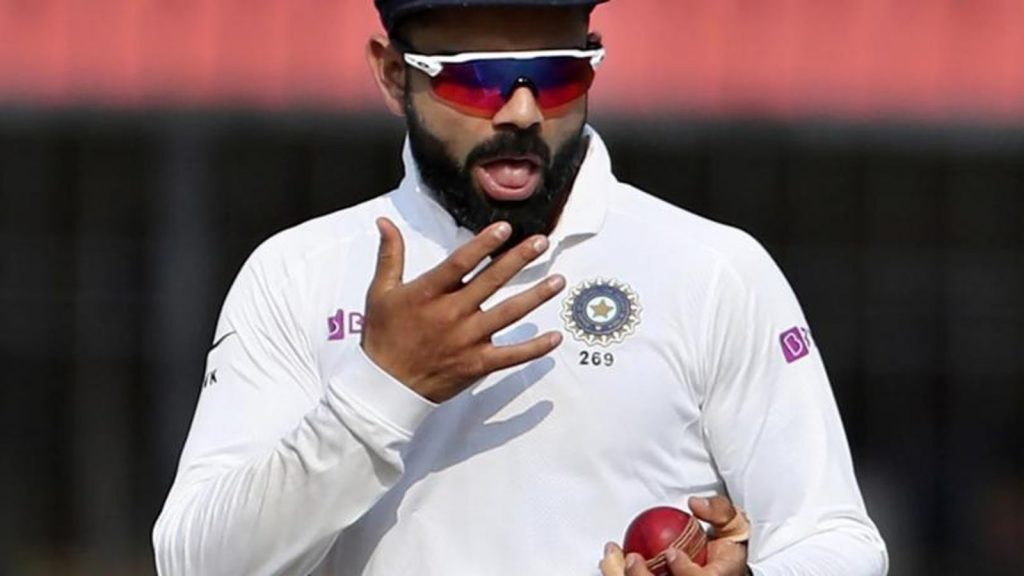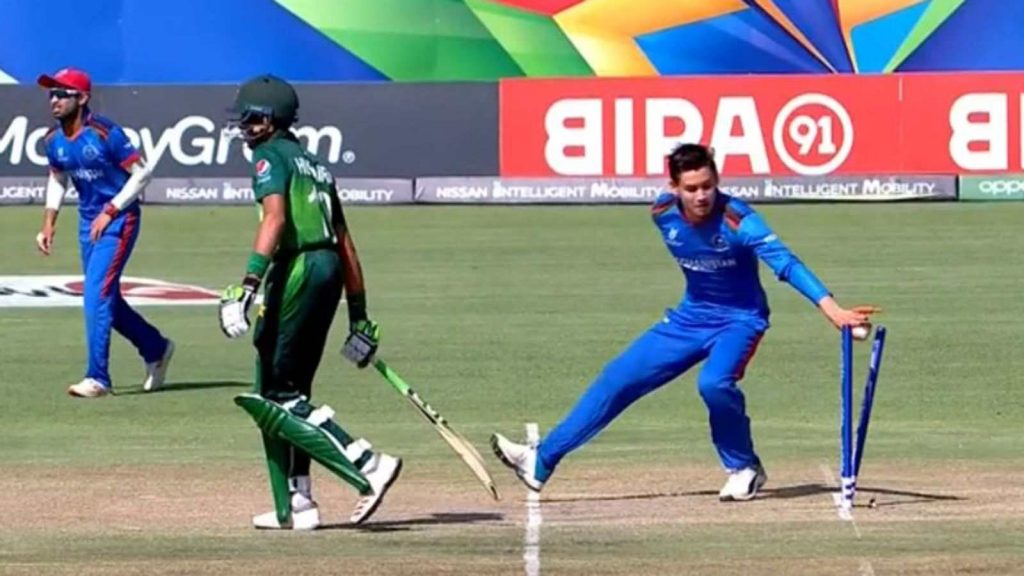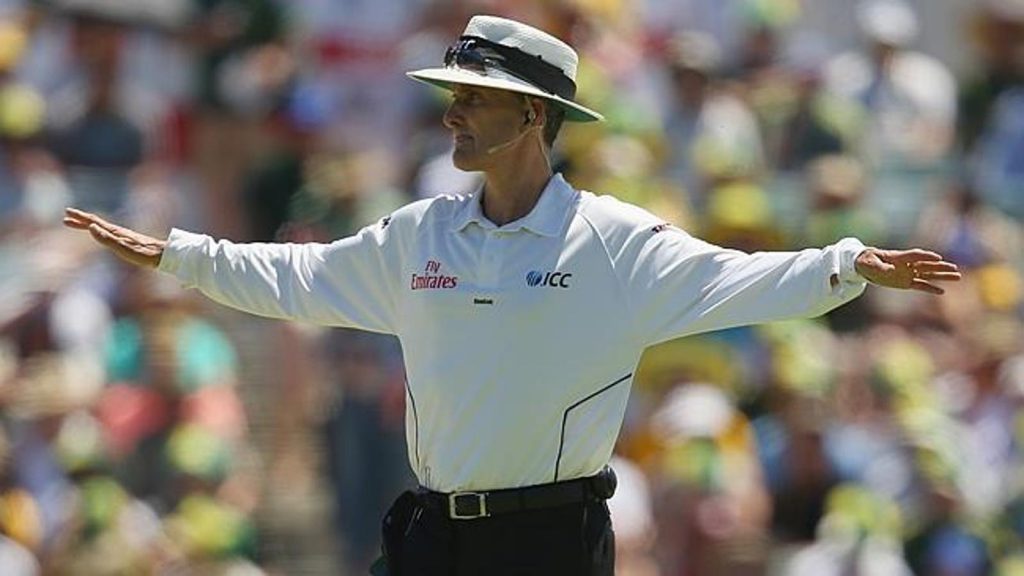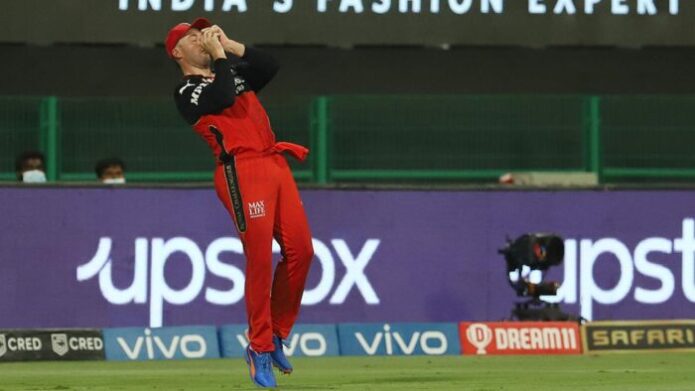The Marylebone Cricket Club, the custodians of the laws of cricket has brought in notable changes in its Code Of Laws. The amendments will not come into force until October 2022. Currently, the MCC is updating the relevant materials in order to assist umpires and match officials globally. The alterations in the existing laws are solely done to bolster the true spirit of the sport in every respect and the contest of bat and ball remains even.

The MCC has introduced a new clause Law 1.3. It says that ” replacements are to be treated as if they were the player they replaced, inheriting any sanctions or dismissals that player has done in that match.”
Alterations in the Dead Ball Law, use of Saliva restrained

Umpires will now have the right to call a dead ball in case any kind of external interference (animals or pitch-invaders) deprive either side in the field of play. The MCC has permanently banned the usage of saliva on the ball. Previously, the fielding team could apply saliva in order to get extra swing from the ball. But they were barred from doing that after cricket resumed post the pandemic. Bowlers now are can use their sweat to polish the ball. Pundits hail the law as it reduces chances of ball-tampering considerably.
Read Also: 10 Greatest Finishers in Cricket History
Running out the non-striker , no more under “unfair play”

In a welcome change, the MCC has legitimized the act of running the non-striker as fair play in case he/she is backing up while the bowler is taking his/her delivery stride. Previously, Many considered this means of run-out as an act against the spirit of the game.
“Since the publication of the 2017 Code of the Laws of Cricket, the game has changed in numerous ways. The 2nd edition of that Code, published in 2019, was mostly clarification and minor amendments, but the 2022 Code makes some rather bigger changes, from the way we talk about cricket to the way it’s played. It is important that we announce these changes now as part of the Club’s global commitment to the game, giving officials from all over the world the chance to learn under the new Code ahead of the Laws coming into force in October.”
MCC Laws Manager Fraser Stewart stated.
Read Also: Top 10 Most mind blowing cricket facts
Judging a wide
In this day and age, batters come up with a plethora of unconventional shots. In the process, they often shift or change their batting stance while the bowler delivers the ball. Previously, umpires used to adjudge a delivery wide with respect to a batter’s position at the moment of the release of delivery. This often gave an unfair edge to the batting side. Thereby, the rule has amended where umpires will now call a wide keeping the batter’s stance in mind at the point of time went the bowls begin his/her run-up.

Another big alteration in the list of amendments contemplates the fact of who must take the strike after a catch-out. Batters hitherto could cross on the pitch while a fielder is taking a catch. In this way, the non-striker can be on strike while the new batter stays at the other end. The ECB at the recommendation of the MCC enforced a new law in the Hundred. There the new batter will have to face the next ball in case of a catch-out. So, strike-rotation, while a player grabs a catch, does not hold. Hence it will now be effective from October 2022 in all forms of the game.
Click Here if you want to go through the alterations in the existing Code of laws in detail.

